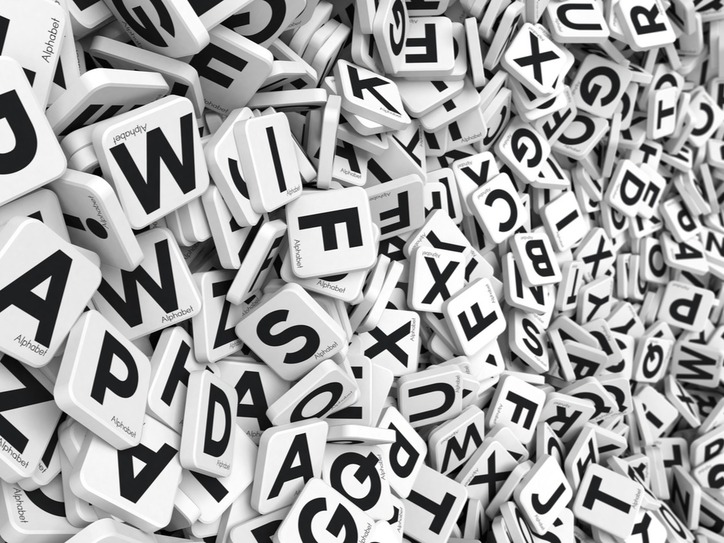Table of Contents
WORD PLAY
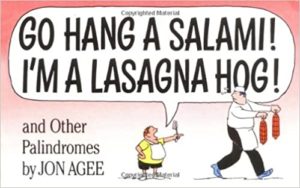 |
Cartoonist Jon Agee is known for his riotous collections of palindromes, which are phrases that read exactly the same both forward and backward. Try Go Hang a Salami, I’m a Lasagna Hog! (Farrar, Straus and Giroux, 1992), So Many Dynamos (1994), or Sit on a Potato Pan, Otis! (1999). The illustrations are hilarious; and the palindromes range from the short (“Llama mall”) to the amazingly enormous. Affordable used copies available. For ages 10 and up. |
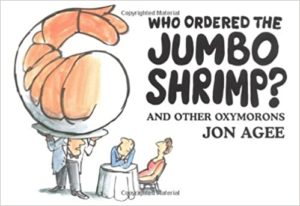 |
By Jon Agee, Who Ordered the Jumbo Shrimp? (Farrar, Straus & Giroux, 2002) is a cartoon take on oxymorons – contradictory phrases such as “civil war,” which in this book is paired with an illustration of a knight politely apologizing for beheading his opponent. For ages 9 and up. |
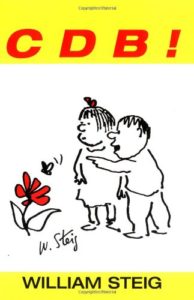 |
William Steig’s letter-code books are also great (and educational) fun for imaginative word-lovers of all ages: in CDB! (Aladdin, 2003), the title illustration shows a pair of children pointing at a bumblebee. The translation is “See the bee!” – get it? And there are dozens more. (In one of my favorites, a small boy tells his dog “I M A U-M B-N. U R N N-M-L.” Try it: “I am a human being…”) The sequel, CDC?, begins with a helpful parent showing his small daughter the ocean. All ages. |
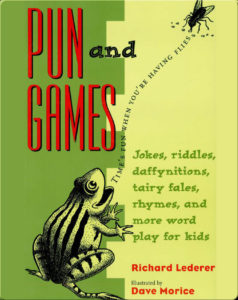 |
Richard Lederer’s Pun and Games (Chicago Review Press, 1996) is a collection of wonderful word games and challenges for kids, variously involving awful puns, homographs, homophones, spoonerisms, and more. For ages 8 and up. |
|
Fun with Words is a website devoted to word play, filled with information and puzzles. Categories include anagrams, palindromes, spoonerisms, pangrams, rebus puzzles, word records, and much more. |
|
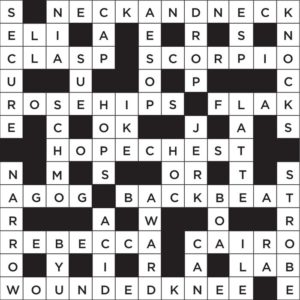 |
One criterion for joining the World War II Bletchley Park code-breaking group was the ability to solve crossword puzzles – and nowadays there are hundreds of crossword puzzle books for all ages and interests. Good for problem-solving skills and vocabulary-building. From the Smithsonian Magazine, see How the Crossword Became an American Pastime. |
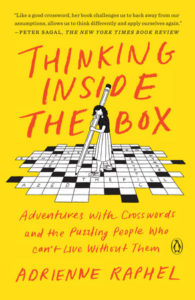 |
Adrienne Raphel’s Thinking Inside the Box (Penguin, 2021) is a fascinating history of crosswords. For teens and adults. |
HISTORY OF ENGLISH
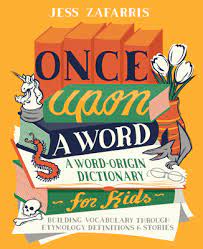 |
Jess Zafarris’s Once Upon a Word (Rockridge Press, 2020) is a fascinating word-origin dictionary for kids, packed with basic information about etymology – the study of words and their origins – and many intriguing word-origin stories. (Try this: “Algebra” comes from the Arabic al-jabr, meaning “a reunion of broken parts,” a term used both in mathematics and in medicine, for the setting of broken bones.) For ages 9 and up. |
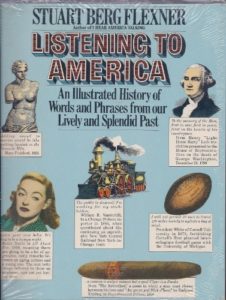 |
Stuart Berg Flexner’s Listening to America (Simon & Schuster, 1982) and I Hear America Talking (1979) are illustrated collections of the origins, evolutions, historical contexts, and meanings of thousands of phrases unique to American English – categorized under everything from “Cowboys” and “Dust Bowl” to “Voodoo” and “World War II and GI Joe.” A terrific addition to any American history program. |
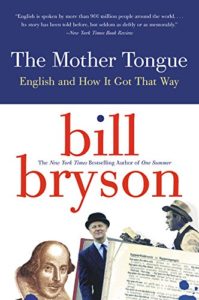 |
Bill Bryson’s The Mother Tongue (Penguin, 2009) is a catchy history of English – the most influential language of modern times and a shameless borrower of words from over fifty different languages around the world. A treasure trove of information and oddities for teens and adults. |
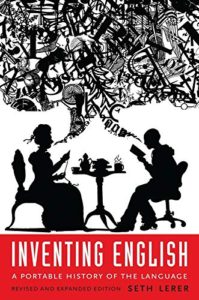 |
Seth Lerer’s Inventing English (Columbia University Press, 2015) traces the history of the language from the age of Beowulf to the age of rap. For teens and adults. |
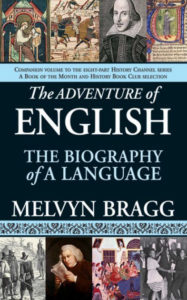 |
Melvyn Bragg’s The Adventure of English (Arcade, 2011) is a “captivating history” of how English conquered the world. For teens and adults. |
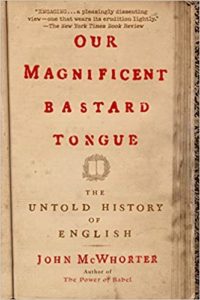 |
Linguist John McWhorter has written several popular books on English and its relatives, among them Our Magnificent Bastard Tongue: The Untold Story of English (Penguin Random House, 2008), The Power of Babel: A Natural History of Language (Harper Perennial, 2003), and Words on the Move (Picador, 2017). |
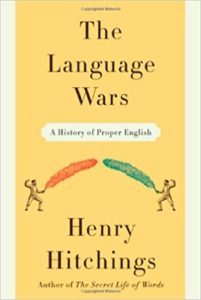 |
By Henry Hitchings, The Language Wars (Farrar, Straus & Giroux, 2011) is the story of the bitter arguments – raging at least since Shakespeare’s time – over just what constitutes proper English. For teens and adults. |
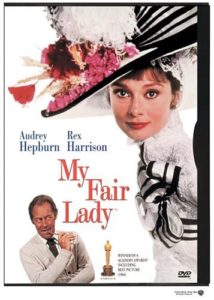 |
In the musical My Fair Lady (1964), phonetics professor Henry Higgins wagers that he can turn cockney flower girl Eliza Doolittle into a lady. (“Why can’t the English teach their children how to speak?”) Rated G. |
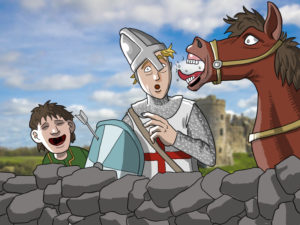 |
From the Children’s University of Manchester, see this illustrated Timeline of the English Language. |
